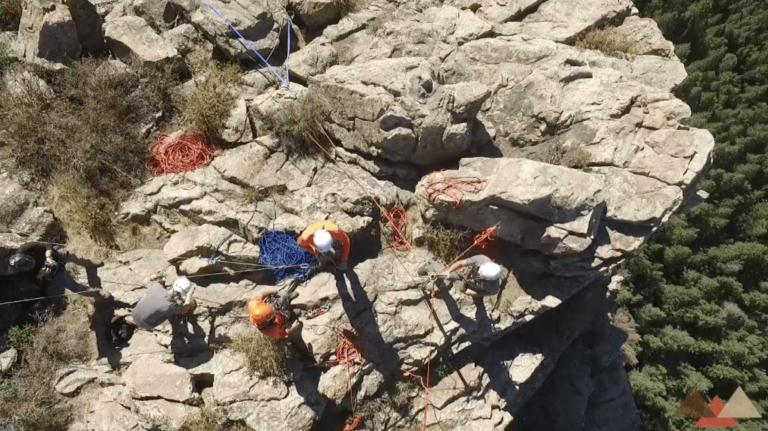Technical rope rescue is an essential skill for fire departments and search and rescue teams. It requires specialized knowledge, tools, and techniques to safely perform a variety of high-risk operations in difficult environments. With the right training and equipment, technical rope rescuers can save lives when all other options have failed. But what are the most popular topics in this field? In this blog post, we’ll look at the five most viewed topics in technical rope rescue for fire departments and search and rescue teams. We’ll discuss why these topics are so important and how they can help improve safety during emergency operations.
Each of these five topics are covered in other blogs. Consider this a reference sheet 🙂
1. Knots: Knots are the cornerstone of rope rescue operations and are essential for a successful operation. There are numerous types of knots used in rope rescue, each with a specific purpose, so it is important to be familiar with all of them and practice regularly.
2. Anchors & Anchoring Systems: Another important topic for technical rope rescuers is anchoring systems. Knowing how to safely anchor a system in different environments can make the difference between success and failure. Different anchors are used for different scenarios, so it is essential to be familiar with all of them and know when and how to use each one.
3. Rappelling: The ability to rappel safely is an essential skill for rope rescue. Knowing how to rappel safely and efficiently in a variety of environments can be the difference between success and failure.
4. Belaying: Belaying is another important skill for technical rope rescuers. It involves using a braking device, such as a descender or figure 8, to control the descent of a rescuer or victim. Knowing how to correctly belay and use the appropriate equipment can be the difference between success and failure in any rope rescue situation.
5. Hazard Management: Managing hazards is a critical component of any rope rescue operation. Knowing how to identify, assess, control and mitigate risks is essential for any successful rope rescue operation. This includes using the appropriate equipment and techniques to ensure that everyone involved is kept during an operation.
These are a few of the many topics rope rescuers need to be familiar with in order to safely and effectively perform their job. Technical rope rescue is a complex and dangerous field, but with the right training, knowledge, and equipment, it can be a rewarding and life-saving experience. With the right information and practice, any fire department or search and rescue team can become proficient in technical rescue operations.
Peace on your Days
Lance









